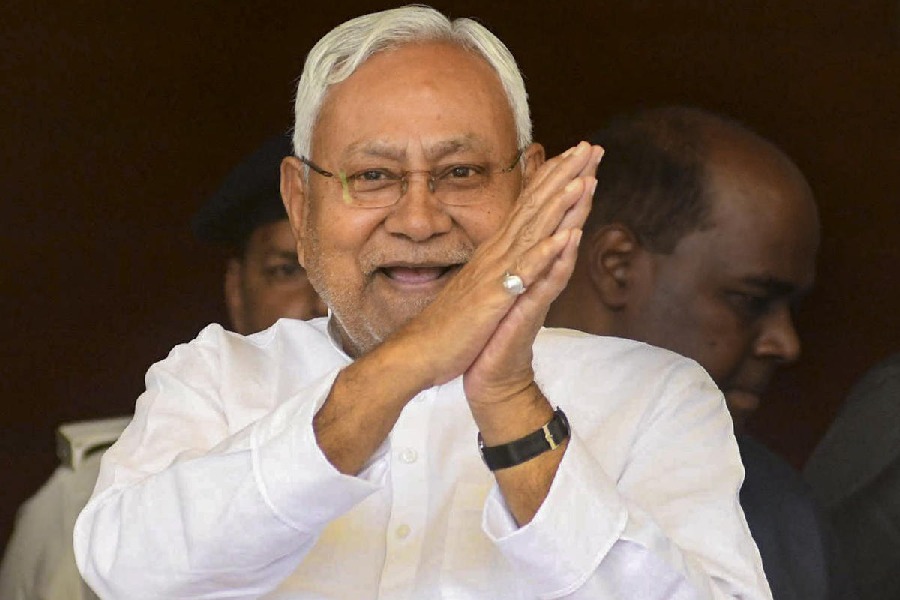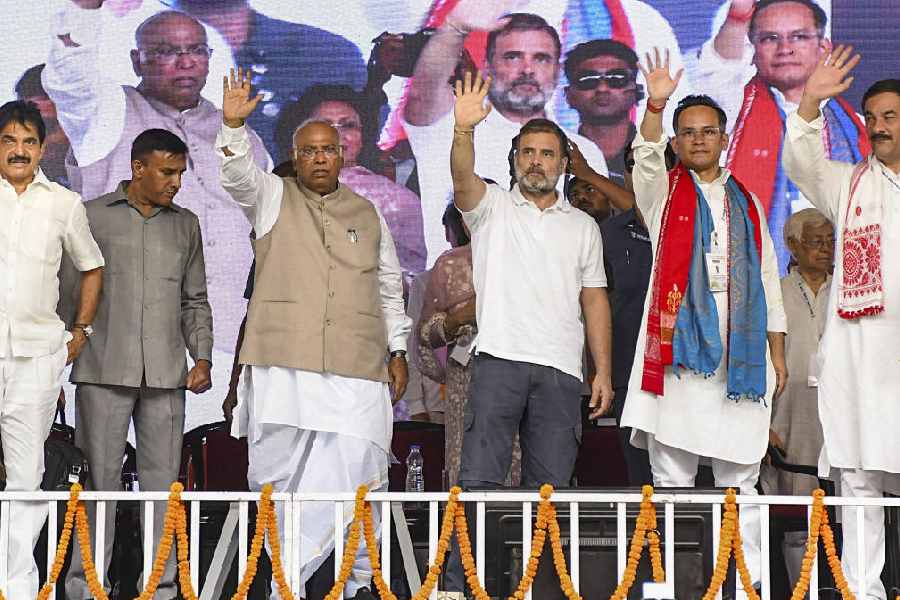 |
Islamic Societies to the nineteenth century: a global history By Ira M. Lapidus, Cambridge, Rs 995
The global communities have suddenly developed a renewed interest in Islam. They seem to be particularly keen to know about the thoughts and the system that has kept the community moving even in the twenty-first century. When other communities seem to be inflicted with a sense of decay and moral degradation, the Islamic community must have had some in-built mechanism that has kept the malaise of modern times at bay.
Islam, as a religion, established itself in the early part of the seventh century in Arabia. By the middle of the eighth century, it had spread to the lands of the former Sassanian Empire, the Eastern region, North Africa, provinces of the former Byzantine Empire, Iraq, Syria, Egypt, Iran, Transoxiana, and even to Spain. The life and teachings of Prophet Mohammad as well as the spread of Islam in different countries, the governance and socio-economic bases of the Islamic empires have always generated interest not only amongst historians but also the common people. It has gathered momentum in recent years. In the West, people are keen to know more about the religion and its system of governance that has survived centuries of rule by Islamic rulers.
The book trails the journey of Islam from its advent. It talks, though briefly, about the teachings of Islam, the system of governance and the history behind the spread of the religion beyond the borders of Arabia till the end of the nineteenth century. The interesting part of this book lies in the fact that it was neither written recently nor is it about Islam and Islamic community of the present time. As the title of the book indicates, it is about Islamic societies only up to the nineteenth century. Though the book deals with a huge time span of some twelve hundred years, it is difficult to say whether it can appease the appetite of a generation hungry to know more and more about less and less. Since the nineteenth century, enormous changes have taken place in the Islamic world even in the realm of religious thoughts. Technology has invaded the lives of individuals as never before. Life in the Islamic countries has also been deeply affected. Like every other living community of the world, the Muslims across the world are slowly learning to adapt themselves to the changing times. Unfortunately, the author does not discuss such topical themes. The book was first published in 1988 and this edition carries certain additions but has no reference to Islamic countries that were included after the nineteenth century. Neither does one find reference to the modern times that we live in. Thus the book might fail to create any interest in today’s reader who are desperate to know more about the present rather than the past. The book may appeal to the general reader because there are hardly any books available in English on the subject.
Ira M. Lapidus has divided the book into three parts for the sake of convenience in order to present the uphill task that he had taken upon himself of discussing the different aspects of the Islamic civilization spread across twelve hundred years.The division which, according to the period being discussed, sometimes overlaps into one another consists of a variety of topics ranging from societies before the advent of Islam to cosmopolitan Islam.
Lapidus has tried to examine Islamic societies from certain dimensions of history and in terms of institutional systems that had their origin in ancient societies such as the Mesopotamian civilizations. Lapidus’s preconceived ideas have reflected in whatever he has written in the book, be it the life of the Prophet Mohammad, the Quran or even about Islamic societies during the early and later phases. The first part contains a multiplicity of themes and ideas juxtaposed against one another to illuminate the crux of an otherwise complex topic, especially for the Western reader. Apart from sketching the social and political conditions of pre- Islamic Arabia, Lapidus also gives a preview of societies before Islam. He writes about the Sassanian and the Roman Empire. The book is divided into chapters which includes the Caliphate period and the rise and fall of the Ummayad and Abbasid Empire. Lapidus does not forget to write about the two important sects of Islam and the position of the non- Muslim minorities in Islam. If the second part of the book deals with Egypt, Iraq, and Iran and the position of Muslim communities in Middle Eastern societies, the third part ventures into the field of global expansion of Islam ranging from North Africa to the Spanish–Islamic civilization. There are important chapters on Islam in Asia and Africa that may be of interest to the general reader. Lapidus winds up the book by juxtaposing the different Islamic societies and presenting them in the global context.
The inclusive attempt of the author to tackle an assortment of ideas is interestingly followed by an imprecise treatment of topics. This results in a sketchy picture. Though a work of this kind would have generated interest in all sorts of readers, Lapidus’s style of writing shows his uninterested attitude to the subject at hand. The detached style of a historian that Lapidus adopts is expected but the sense of disinterest in his tone casts a shadow over his writing. The chapter on the life of Mohammad is not informative nor does he care to do justice to the topic even though there is an abundance of information. Similarly, the vague writing on the Quran points to his unwillingness to touch the core of the subject which non Muslims would only be happy to know more of even if presented in a succinct manner. His disbelief in his subject is apparent even where he has tried to be sensible about it. The book may have tried to overreach itself by including an assortment of topics but will remain an ordinary text book on Islam.
The book may have become popular but it may fail to give a vivid picture of the religion to someone who wants to know more about Islam.










